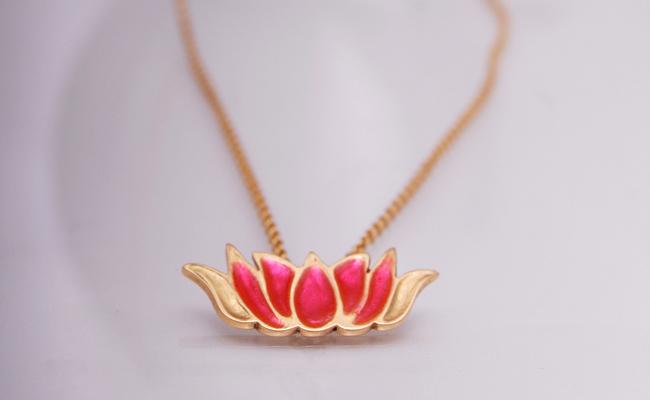The Swastika symbol 卍 has long been a powerful and positive symbol in a multitude of cultures spanning the globe. It is a symbol of wealth and good fortune and has always been used as a symbol of light and wisdom. Can be found in China, Greece, Peru, India, Japan and many other areas of the world; This means that in ancient times all the civilizations shared similar moral standards and values. Today it has been stigmatized in people’s minds as the symbol of the Second World War. When Adolf Hitler took the swastika to be his emblem, he wished to claim its universal power as his own and distorting its meaning to millions of people, but the truth is that it is a very ancient sacred symbol.
The word “swastika” comes from the Sanskrit : Swastika - “swa” is “higher self”, “asti” meaning “ being” and “ka” as a suffix, so the translation can be interpreted as “being with higher self”. In Sanskrit, it is known also as Srivatsa. Swastika was a symbol of the revolving sun, infinity or continuing creation. Western cultures call it the wheel of light, in Mandarin Chinese it is called the WAN symbol. WAN is a homophone for ten thousand in Chinese and Japanese, a number often used to encompass all of the universe’s creations. One of the oldest known Swastikas was painted on a Paleolithic cave at least 10,000 years ago. It was widely utilized in China, about 2000 years ago, when Buddhism was brought to China from India. During the Chinese Tang Dynasty, Empress Wu Zetian (684-704) decreed that the swastika would also be used as an alternative symbol of the Sun. In India, the swastika is an auspicious mark - worn as jewelry or marked on objects.
For Western cultures the swastika was also a very important symbol. It is used mostly in the area of art in clothing, architecture, pottery, and sculpture. In ancient Greece we found it in many ancient pottery. In Eastern cultures, the swastika is a symbol of Buddha. In Buddhism, swastika is usually found in the images of Buddha on his chest, palms, or soles of feet. Swastika represents the continuous movement— a movement like the movement of a windmill or a water mill. It continuously spins clockwise and counterclockwise. When it turns clockwise it represents the universe’s energy, strength, and intelligence; when it turns counterclockwise it represents mercy. It also represents universal harmony and the balance of the opposites (yin - yang). The four arms of the swastika remind us that during the cycles of birth and death we may be born into any one of the four destinies: heavenly beings, human beings, animal beings, (including birds, bugs, and plants) and hellish beings and represents a higher inner meaning that our aim should be liberation and not rebirth.
Natalia Basdeki



